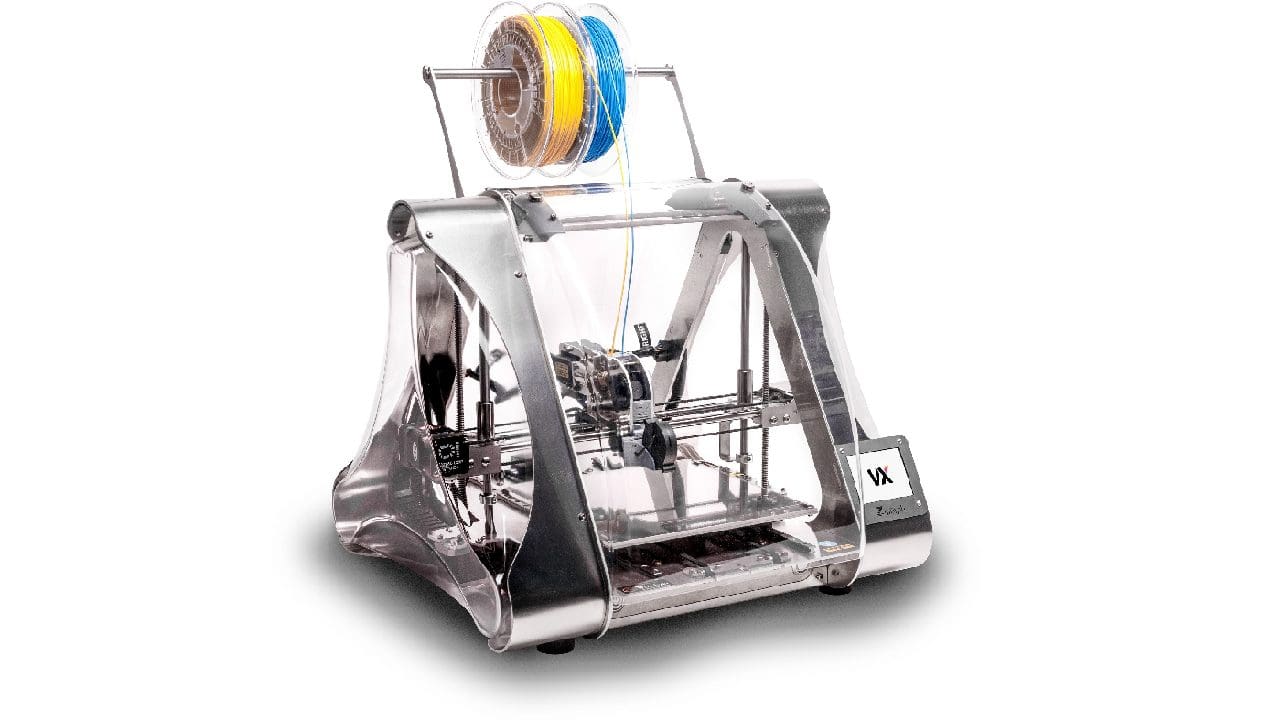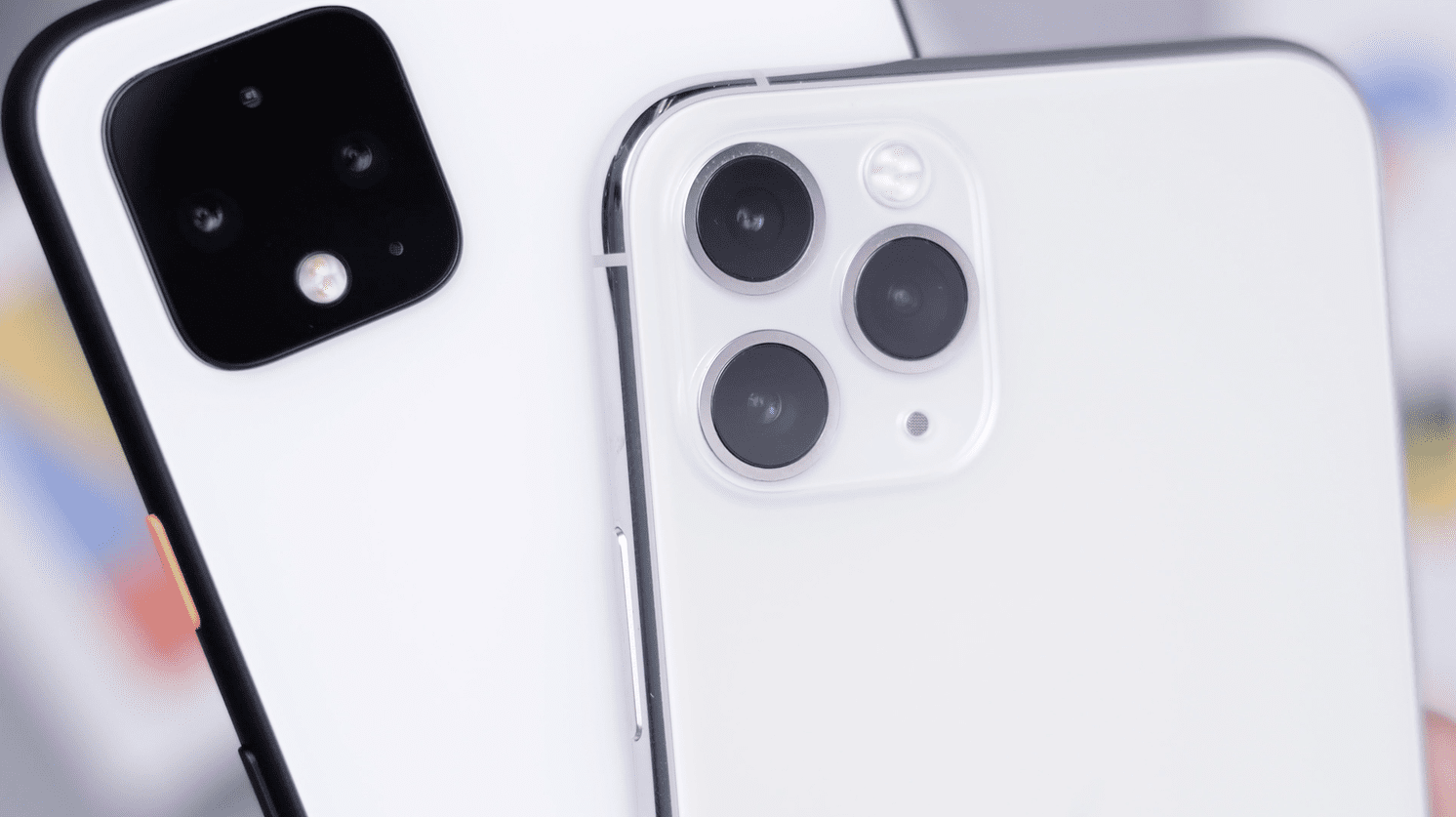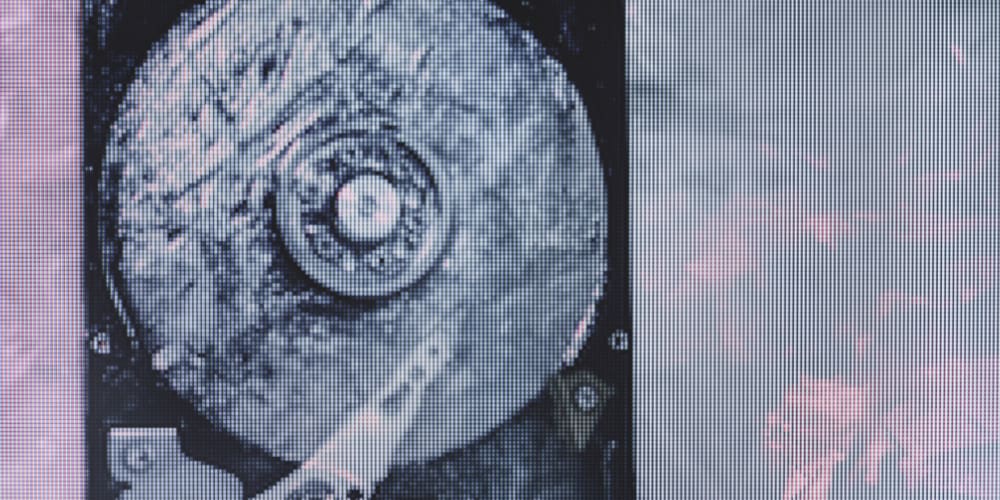Bridges are one of the most common sticking points when 3D printing. This is an issue fundamental to 3D printing, as it relies on printing on top of previous layers; when you’re trying to bridge a gap, you have a section of print that is being printed in thin air.
With small gaps of around five centimeters, this isn’t much of an issue. Still, with larger gaps, you can end up with the bridge’s underside being spectacularly messy and structurally unsound.
There are a few ways to fix this issue. A good starting point is to build some bridging test prints to test the capabilities of your printer and filament. Not all 3D printers are created equal. Some can bridge much better than others. While a 5cm bridge without issue is normal, it’s not unheard of to be able to get to 10cm or even 15cm without having any issues.
If you’re asking too much about your 3D printer and its bridging capabilities, then your best bet is to add some support structures. Support structures can change a single near impossible 15cm bridge into three manageable 5cm bridges. This does require post-processing to remove the support structures.
A Variety of Tools
You may also be able to achieve a similar effect by modifying the design to include chamfers. Chamfers are basically extra angles designed to provide better support while being part of the print itself. Rather than printing a single 90-degree angle, you print two 45 degree angles with a supportive surface in between. As 3D printers can generally print 45° overhangs without a problem, you can use this to provide a bit more support to both sides of your bridge without compromising the look of the build.
In some cases, though, supports may not be the answer to your problem. For example, they may be needed in a place where you wouldn’t actually be able to remove them. Or your printer may not even be able to bridge simple 5cm gaps. In these cases, you’re better off trying to configure some settings to achieve better results. Even if your printer is already good at bridging, following these tips may help improve it a little more.
Cooling is an important part of 3D printing, if you turn up the fan speeds, the printed filament will be cooled faster, giving it more strength to bridge gaps. Similarly, if you decrease the extrusion/print speed, the filament has more time to cool and is less likely to be shaken by vibrations from the 3D printer hardware.
Conclusion
Bridges are always a tricky thing in 3D printing, and capabilities can vary from printer to printer. By following these troubleshooting tips, you should be able to print better bridges with neat undersides rather than a stringy and potentially sagging mess. If you have any other tips to help to avoid messy bridges, feel free to share them below.


